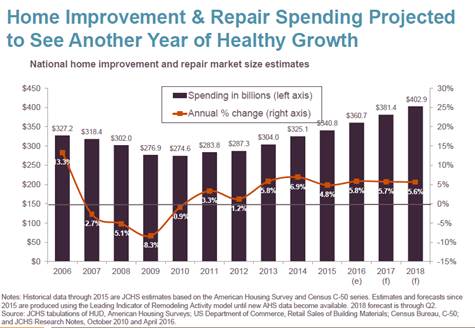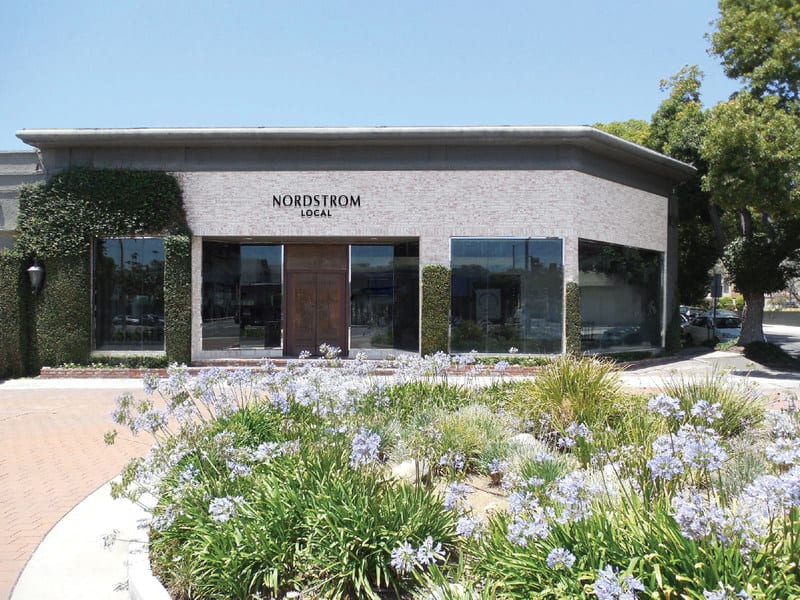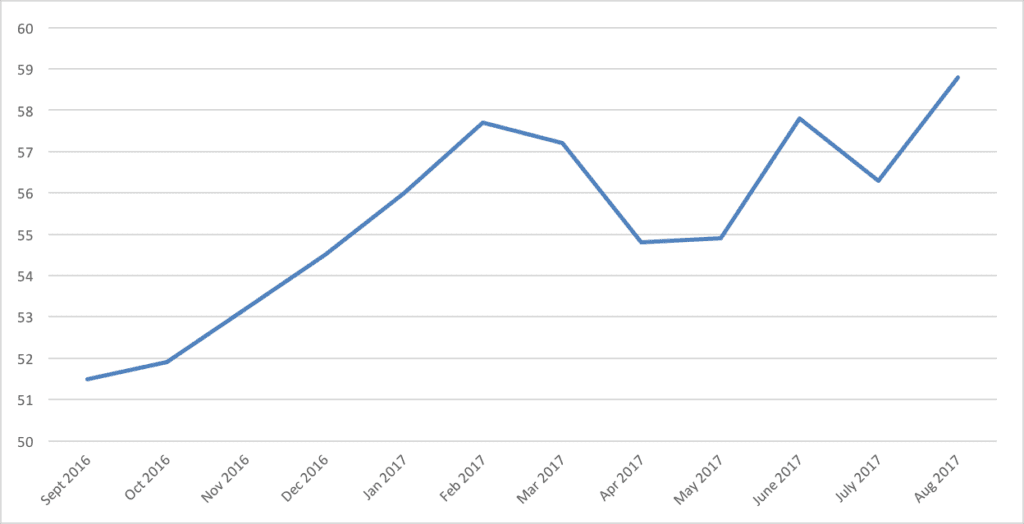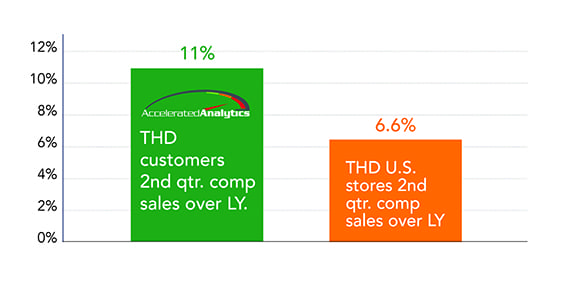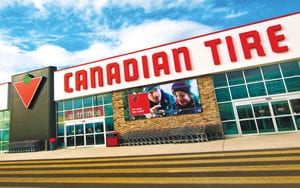
Enhancing the DIY Brand-Retailer Connection: A View from Behind the Scenes
As the U.S. housing market continues to strengthen, consumers are buying houses and making them their dream homes through DIY improvements. And, when these consumers delve into painting, sanding, tiling and rewiring—perhaps as first time projects—they visit their local home improvement center, looking for help. How do the retailers help consumers know which products to choose from between multiple brands?
Think about this from a retailer’s perspective: with a limited amount of space and a plethora of products, how do you determine product placement so you’ll provide the customer with an excellent selection but also ensure your shelves are stocked with products that will sell?
Now, from a brand’s perspective—how do you get your product on the retailer’s shelves and ensure they stand out to both the retailer and the customer?
Many brands in home improvement find the answers to those questions by turning to Greg Corey, founder of Porchlight, a creative design agency. Greg’s company builds brands, designs packaging artwork and structure, and creates 3D renderings and planograms, mostly for customers that sell to home improvement stores. He helps brands stand out from the competition, and helps retailers improve sales through analysis and product positioning.
Greg provides a unique perspective of how brands can benefit from product packaging and positioning, and how they can use technology and data to improve marketing, ultimately helping brands, retailers and customers.
Learning the Home Improvement Market from the Ground Up
Greg started working at the Home Depot while still in college, collecting shopping carts and selling tiles, doors and lumber. After graduating with a degree in communications, he put his advertising and graphic design knowledge to work in the Tampa divisional office. With several jobs over the next ten years, Greg amassed knowledge of the home improvement market and eventually launched Porchlight in 2003.
How Brand Packaging Increases Presence in DIY Market
“I work with companies of all sizes – from startups to Fortune 100s,” Greg says. He helps companies develop their brand identity and create their packaging in an effort to get his clients’ products in big box stores.
“Should the product be in a box or a clamshell? What color should it be? Where should the logo live? For point of sale merchandise, is it on a shelf or on a floor display? We always create a digital 3D mockup, but at what point should we build a physical mockup?” These decisions can make all the difference in the success of a product, Greg explains.
Clients appreciate the services Porchlight offers – whether it’s B2B or B2C. “If a client has a new product idea, we bring their concept to life and get them in the door at the retailer. If our client has an existing product in a big box store, we guide them in selling that product to consumers.” Greg says. He can help a brand differentiate a commodity product or help create packaging that highlights a regional product, or help a regional product go national. At the end of the day, brands, retailers and Porchlight are striving for the same goal, Greg says: to increase sales.
How Brands Can Grow in the Home Improvement Industry
In the U.S., the DIY home improvement market is expected to grow at a compounded annual growth rate of 6.01% between 2017 – 2021. That means steady opportunities for the brands, but, Greg says, brands don’t always use the wealth of data available to take advantage of these opportunities.
- Point of Sale (POS): Brands often come to Greg wanting a product to have more of a DIY or professional look, but the brand marketers don’t always have or share a tactical approach based on data. “As designers, data helps us understand what the problem or opportunity is and be able to capitalize on it,” Greg says. By relying on data, not emotion, brands get a clear idea of what consumers want. Marketers can also use POS data to measure product performance by store, i.e. how store layouts, product mixes and competition affect sales.
- SKU Store data: DIY brands are just starting to look at SKU-Store data rather than total numbers. DIY brands can better partner with retailers, sharing data. Retailers know their stores, but aren’t always experts on each category or brand. They rely on the brands to present their expertise, Greg says. Analyzing online sales is key, as it allows marketers and retailers to track individual customer movements, i.e. looking at an item online, clicking on it putting it in the shopping cart, and analyze any particularly successful or unsuccessful steps in the process.
It’s an exciting time for the home improvement market, Greg says. The data available to analyze customer behavior is changing the way brands think about processes and packaging, Greg says. Merchandising is improving as we see more technology in stores, such as interactive displays, iPads, videos and the ability to order directly from kiosks, he says.
Although Porchlight and Accelerated Analytics service brands in different ways, we collaborate because we both share a passion for retail success across the DIY/home and hardware brands we work with, and have crossover potential customers.
At Accelerated Analytics, we’re also excited about the opportunities in store for the DIY market. And, as the market grows, we’ll continue to provide the support, resources and products you need for continued success.
